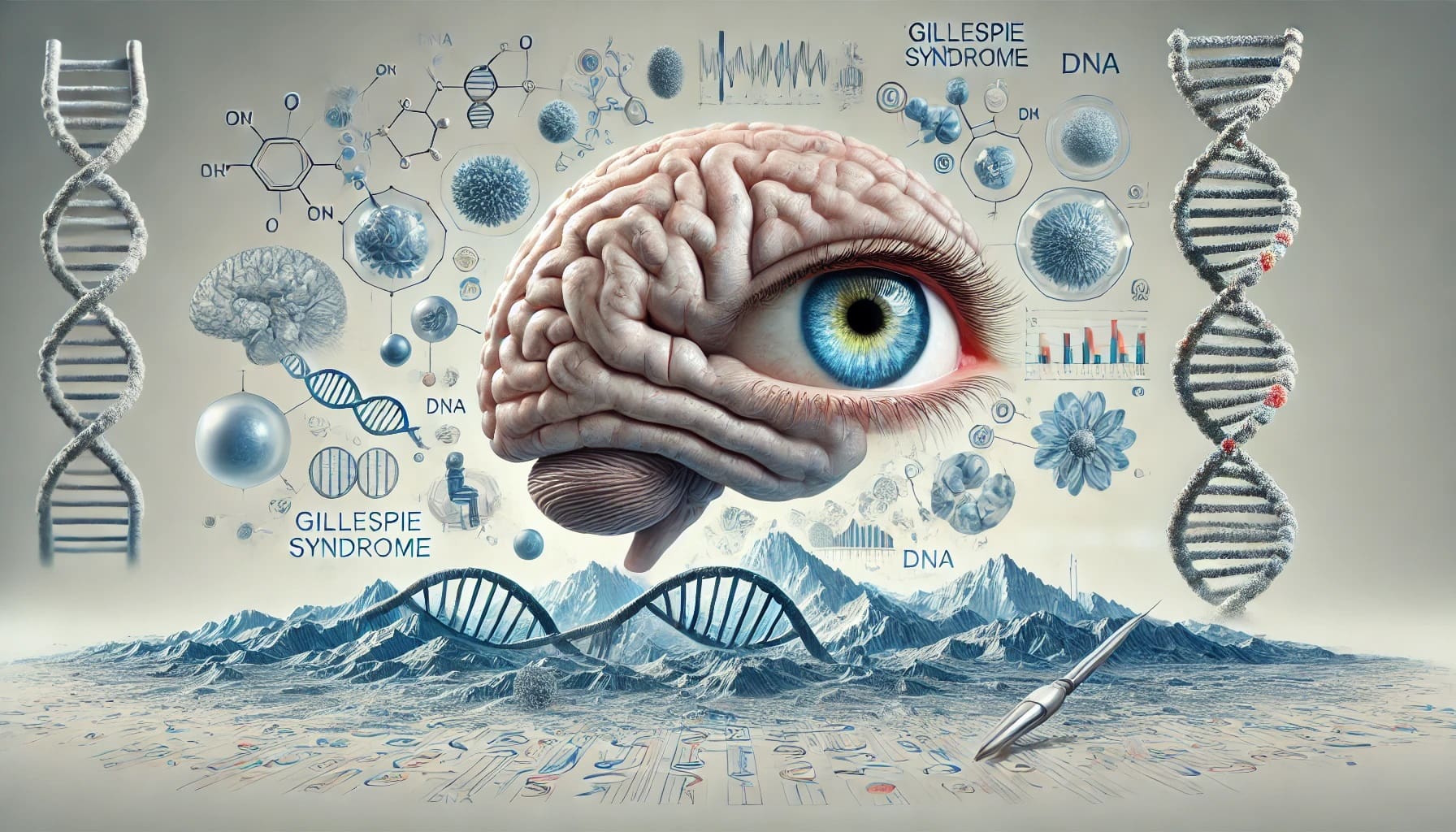
Gillespie Syndrome is a rare genetic disorder that affects multiple parts of the body. Characterized by partial absence of the iris, ataxia, and intellectual disability, it presents unique challenges for those diagnosed. Caused by mutations in the ITPR1 gene, this condition is inherited in an autosomal dominant manner. Symptoms often appear in early childhood, making early diagnosis crucial for management. Treatment focuses on addressing individual symptoms, as there is no cure. Understanding the complexities of Gillespie Syndrome can help families and medical professionals provide better care and support. Here are 20 facts to help you grasp the essentials of this rare condition.
What is Gillespie Syndrome?
Gillespie Syndrome is a rare genetic disorder that affects multiple parts of the body. It is characterized by a combination of eye abnormalities, intellectual disability, and ataxia (lack of muscle coordination). Let's dive into some fascinating facts about this condition.
-
Gillespie Syndrome is also known as Aniridia-Cerebellar Ataxia-Intellectual Disability Syndrome.
-
The syndrome was first described by Fredrick Gillespie in 1965.
-
It is an autosomal dominant disorder, meaning only one copy of the altered gene is needed to cause the condition.
-
The syndrome is extremely rare, with fewer than 100 cases reported worldwide.
Symptoms of Gillespie Syndrome
Understanding the symptoms can help in early diagnosis and management. Here are some key symptoms associated with Gillespie Syndrome.
-
One of the hallmark symptoms is partial aniridia, where the iris of the eye is partially absent.
-
Individuals often have nystagmus, which is involuntary eye movement.
-
Cataracts, or clouding of the lens in the eye, are common in those with Gillespie Syndrome.
-
Ataxia, or lack of muscle coordination, usually becomes noticeable in early childhood.
-
Intellectual disability varies but is generally mild to moderate.
Genetic Causes
The genetic underpinnings of Gillespie Syndrome are complex but fascinating. Here are some facts about its genetic causes.
-
Mutations in the ITPR1 gene are responsible for Gillespie Syndrome.
-
The ITPR1 gene plays a crucial role in calcium signaling within cells.
-
Not all cases are inherited; some result from new mutations in the gene.
-
Genetic testing can confirm a diagnosis of Gillespie Syndrome.
Diagnosis and Treatment
Early diagnosis and appropriate treatment can improve the quality of life for those affected. Here are some important points about diagnosis and treatment.
-
Diagnosis often involves a combination of genetic testing, eye exams, and neurological assessments.
-
There is no cure for Gillespie Syndrome, but symptoms can be managed.
-
Physical therapy can help improve muscle coordination and balance.
-
Special education programs can support intellectual development.
Living with Gillespie Syndrome
Living with Gillespie Syndrome presents unique challenges but also opportunities for support and adaptation. Here are some insights into daily life with the condition.
-
Vision aids, such as glasses or contact lenses, can help manage eye symptoms.
-
Support groups and counseling can provide emotional and social support.
-
Ongoing medical care is essential to monitor and manage symptoms effectively.
Final Thoughts on Gillespie Syndrome
Gillespie Syndrome, a rare genetic disorder, affects both the eyes and the brain. It’s marked by partial aniridia, cerebellar ataxia, and intellectual disability. Understanding this condition helps in recognizing its symptoms early, leading to better management. Genetic counseling can provide families with crucial information about inheritance patterns and risks. Though there’s no cure, supportive therapies like physical therapy, occupational therapy, and special education can improve quality of life. Research continues to explore potential treatments and interventions. Awareness and education about Gillespie Syndrome are vital for early diagnosis and support. By sharing knowledge, we can foster a more inclusive environment for those affected. Stay informed, support research, and advocate for those living with this rare condition.
Was this page helpful?
Our commitment to delivering trustworthy and engaging content is at the heart of what we do. Each fact on our site is contributed by real users like you, bringing a wealth of diverse insights and information. To ensure the highest standards of accuracy and reliability, our dedicated editors meticulously review each submission. This process guarantees that the facts we share are not only fascinating but also credible. Trust in our commitment to quality and authenticity as you explore and learn with us.


